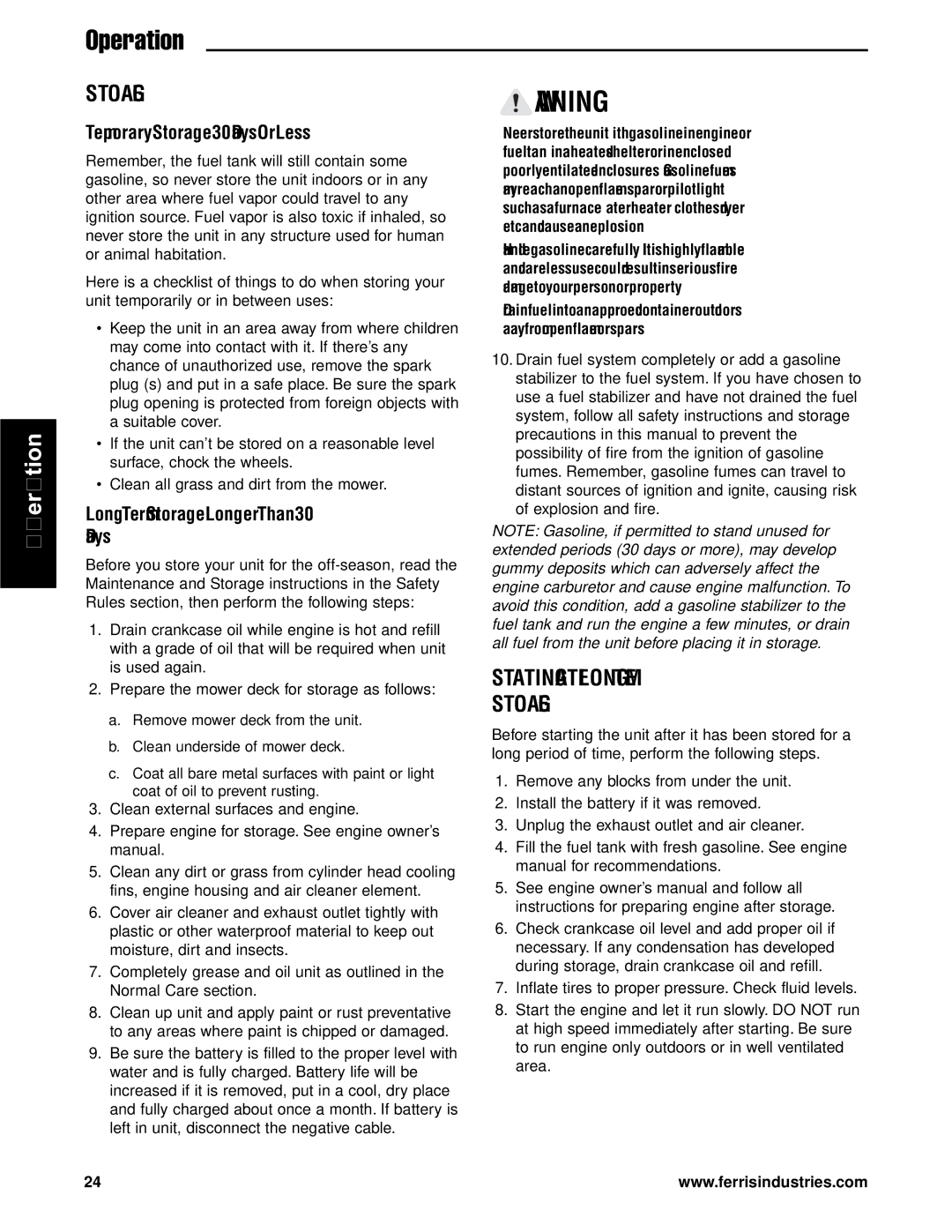5900612, 5900613, 5900611, 5900716, 5900752 specifications
Briggs & Stratton is a leading manufacturer of small engines, known for their reliability and performance in a variety of applications. Among their extensive range of products, the model numbers 5900752, 5901184, 5900753, 5900611, and 5900613 represent a collection of essential components designed to enhance engine efficiency and user experience.The Briggs & Stratton 5900752 is recognized for its high-quality air filter. This filter is engineered to trap dust and dirt effectively, ensuring that only clean air enters the engine. A clean air intake is crucial for optimal performance and longevity of the engine, as it prevents wear and tear on internal components. Its design allows for easy installation and maintenance, making it user-friendly for homeowners and professionals alike.
The 5901184 is a fuel tank assembly designed for enhanced durability and a consistent fuel supply. This component is vital for maintaining stable engine performance, minimizing fuel leakage, and ensuring the integrity of the engine system. The material used in its construction is resistant to corrosion, which is critical for longevity, especially in outdoor equipment exposed to various environmental conditions.
The 5900753 represents a high-performance carburetor that plays a significant role in the mixture of air and fuel. Its precision-engineered design allows for efficient combustion, resulting in robust engine performance. This carburetor is built to handle fluctuations in load, ensuring that the engine runs smoothly under different operating conditions.
The Briggs & Stratton 5900611 and 5900613 series are vital components known for their ignition systems. These components contribute to reliable spark generation, which is essential for engine starting and operation. The enhanced ignition efficiency not only boosts engine starts but also promotes fuel efficiency and reduces emissions, aligning with the growing demand for environmentally conscious products.
Overall, the features and technologies present in the Briggs & Stratton 5900752, 5901184, 5900753, 5900611, and 5900613 highlight the company’s commitment to quality, performance, and user-centered design. With a focus on reliability and ease of use, these components are engineered to meet the needs of various applications, from residential lawn care to commercial landscaping. As part of Briggs & Stratton's extensive catalog, these components are essential for maintaining optimal engine performance and ensuring a seamless user experience in the field.

